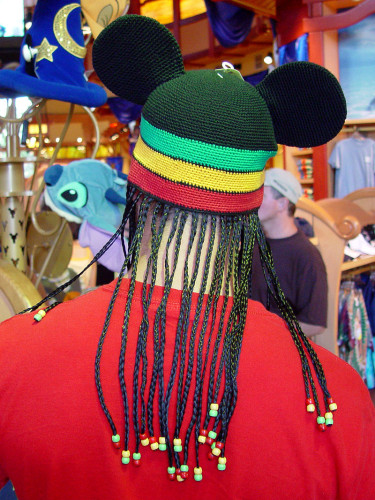In a recent blog post, I talked about the opportunities Twitter offers for tracing processes by which the cultural mainstream appropriates African American English linguistic practices, often for gains in material as well as cultural capital. In that post, I focused on the how of the critique without going into much detail about why critique is necessary.
However, leaving the latter question implicit made me feel a little uneasy. Today, there is far from unanimous agreement that we should be troubled by one group “borrowing” practices from another. Concepts like color-blindness and a post-racial society gloss over issues like privilege, history, structural inequality. So, as a postscript to my latest post, I wanted to add a couple of thoughts:
Once again, for the people in the back, an exhaustive list of times it's okay to put on #BlackFace:
• Never pic.twitter.com/BdlOuSOmsx
— ????? (@TheRileyWilson) October 27, 2015
People may claim there is nothing particularly worrying or unusual about the kind of appropriation of AAE that Blake and Matthias study. After all, language constantly changes. Words acquire new meanings and spread to new contexts all the time. Some might even say appropriation of AAE shows respect for African American culture.

If only. It may be true that the use of a term like fleek reflects a desire to associate oneself with certain qualities of its original users. But this association rarely amounts to any deep solidarity with the marginalized social positionality of the original users and certainly not to a re-evaluation of that positionality.
On the contrary, much of the cultural clout associated with these appropriations depends on the construction of African Americans as deviant, violent, uneducated, etc. Yeet is appropriated because it indexes these qualities without requiring mainstream speakers to actually speak from a disadvantaged position. We can borrow marginalization-as-capital while remaining safely and thoroughly privileged. “Thug kitchen” is a good example of exactly this dynamic.
A true sign of respect would be to re-evaluate the entire set of linguistic and cultural practices from which these individual terms derive and view them on an equal footing with their White mainstream counterparts. A brief look at how “Ebonics” continues to be discussed in the popular media shows we have a long way to go still in that direction. So until we make significant progress, let’s keep all that fleekin’ and yeetin’ in check and be mindful of the originators, shall we?

